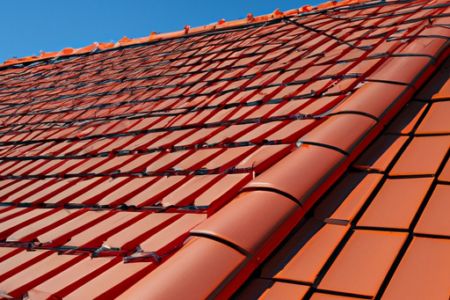The article titled „Introduction to Roof Construction Techniques and Materials: A Comprehensive Guide” provides a detailed overview of the various aspects involved in roof construction. It emphasizes the importance of understanding different roof styles, such as flat roofs, gable roofs, hip roofs, and mansard roofs, as well as selecting the right roofing materials like asphalt shingles, metal roofing, slate, clay tiles, and wood shakes. The article also highlights the significance of considering factors like weather resistance, maintenance requirements, and energy efficiency when choosing roofing materials. Furthermore, it discusses the importance of safety measures and regulations in roof construction, as well as the rising popularity of green and sustainable roof construction techniques. The article concludes by highlighting the need for making well-informed decisions that align with project goals and promises further exploration of each aspect of roof construction techniques and materials in subsequent chapters. In the second article, titled „Exploring Different Types of Roofing Materials: Pros and Cons,” the focus is on providing an in-depth analysis of various roofing materials, including asphalt shingles, metal roofing, clay tiles, slate, and wood shakes. The pros and cons of each material are discussed, taking into account factors such as climate, budget, and aesthetic preferences, to assist readers in making informed decisions for their roof construction projects.









